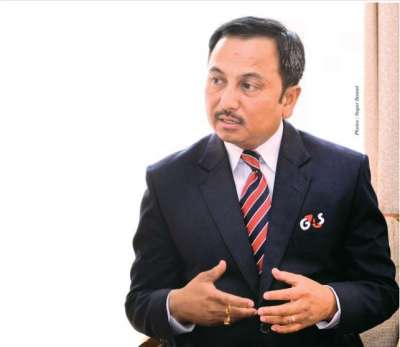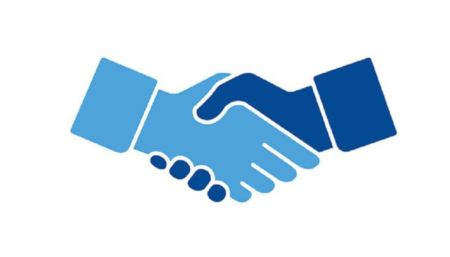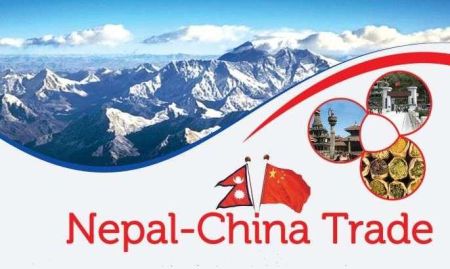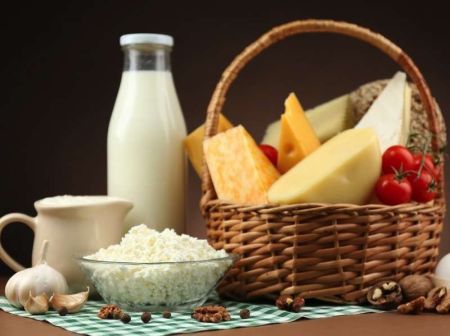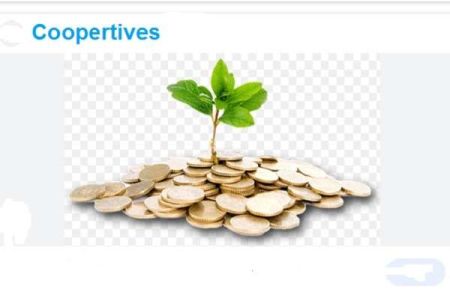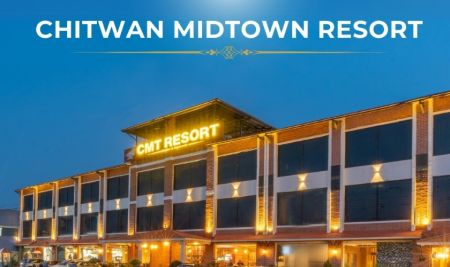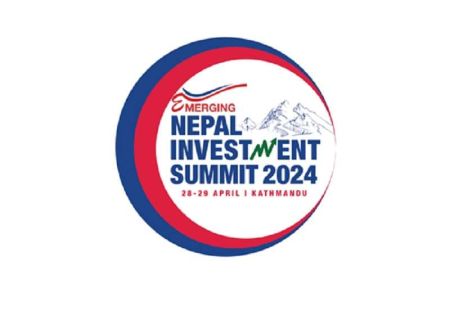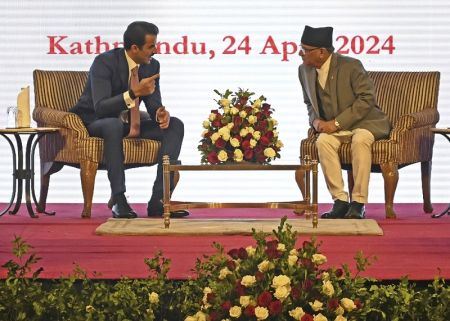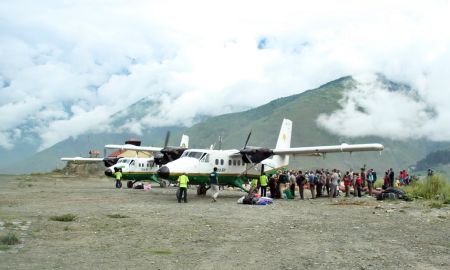
Phil Humphreys
Chief Operating Officer
Coca-Cola Sabco
Phil Humphreys is the Chief Operating Officer of the Northern Division of Coca-Cola Sabco based in Dubai. He joined Coca-Cola Sabco in September 2010. He has a strong background in international FMCG sales and marketing. He has also worked with leading international brands such as Johnnie Walker, Smirnoff, Guinness, and an array of other leading brands within the Diageo and Nestle portfolios. He completed the PED/MBA equivalent programme at IMD, Lausanne, Switzerland as well as various other International Management and Executive Development Programmes.
Humphrey’s leadership quality and keen business senses has helped him achieve significant positions in leading global companies. As the Chief Operating Officer at Coca-Cola Sabco (Northern Division), he is currently leading developing markets in the form of the franchises of Vietnam, Cambodia, Nepal, Sri Lanka and Ethiopia. He is also a member of the Coca-Cola Sabco Group Executive Committee. In an interview with New Business Age, Humphrey shared his plans for Coca-Cola Company in Nepal and market strategies among numerous other issues. Excerpts:

You joined Coca-Cola Sabco in September 2010. How have you made a difference in this period?
Nepal is one of the five countries that I am looking after. In Nepal, I inherited an already good business. We took up the business in 2004 and we have had the business as franchise for eight years now. Every year from 2007 onward, we have delivered double digit growth both on the top and bottom lines. One of the things that we talk a lot about Nepal strategy is amazing relationships with people as one of the strengths. We spend a lot of time engaging with Nepali people both at the plant and in the field. We also spend a lot of energy in engaging with our stakeholders and believe in power of relationships. That is one of the things that have really happened in the last two years since I joined the company. As far as engagements go, every year we measure how engaged our people are. Last year it was incredible 96 per cent, which is the highest in the whole company. Out of 11 countries, there is no other country in Sabco with higher engagement than that.
You have an extensive experience in the FMCG field and possess in-depth knowledge of global brand development. How do you view your current experience at Coke?
The key thing about the system at Coca – Cola is to work in partnership and collaboration. For example, you can do everything in Nepal from marketing and selling to distribution while Coca-Cola Company owns the brand and does all the corporate marketing. So, one of the things about the system is to collaborate really well and maintain tension in the conversation. You have got to challenge and be there with each other. I had not experienced this kind of a system before and never experienced working for a private company before. Therefore, these are new experiences for me. In Nepal, we have set up two publicly listed companies and majority of shareholding is our own while we do have a number of knowledgeable people as minority shareholders. We are heavily backed by a private company who can make decisions easily. We are part of a public company here and need to make agreement through our annual general meetings. For example, we are building a new plant in Bharatpur which is a US$ 25 million investment. That is about four times the average injection capital that we would put into the country. It is going to be fantastic and I am really excited because it not only creates a lot of new job opportunities but it is also going to give us PET plastic bottles.

How far have you reached in your expansion plan for Coca-Cola in Nepal?
We are going through our plans right now and always look at three year plans. We want to be a non alcoholic energy drinks company by 2013. We want retailers, customers and consumers to able to come to us and get anything they want from our portfolio. They can get sparkling drinks right now but they can’t get juice, water and energy drinks. That is going to be part of our expansion in the coming years as we are definitely interested in these areas. We are in discussion with our partner about the possibility at the moment and also looking after the water facility in one of our existing plants. I am expecting to play a much broader role in this non alcoholic drink segment in a year’s time. We have a lot of opportunities as this country is very much an emerging market.
Where will you reach in the next two years after the expansion and all these investments?
We try to think a little further than just one, two or three years. In a country like this, you cannot just look forward to 2013 only. I think that the non alcoholic drinks market in this country is basically worth 25 million cases right now. It would probably grow to become a 200 million case business by 2020. This is a brilliant place to be in for doing business from a consumer perspective even though it is not the easiest place to do business from regulations perspective. But what matters at the end of the day is that Nepali consumers are demanding more from a company like ours.
Is there a chance that you will start bottling canned beverages here in Nepal?
Probably not at the moment because we have various other options that we can look at. The market for canned beverages is still very small. For the next few years, the glass bottle is going to be continuously very important part of the battle between Coke and Pepsi. We are going to make sure that it is affordable and everybody has access to Coca-Cola. Our mantra for the year is ‘within arm’s reach’. Now my dream is to have our quality products in different packaging formats which people can rely on and get those products literally within arm’s reach. That is a big responsibility and most important thing is to do it in a sustainable way.
The overall transaction of your competitor comes more from food business than the sale of cola drinks. Have you ever thought to focus on the food business as well?
We will not be getting into the food business. Anything is possible in terms of partnerships as such but whether Bottlers Nepal Pvt Ltd will ever buy a food company is something I can’t predict about right now. Taking up secondary distribution is possibly an option but it’s definitely not a priority right now. We want to sell Coca-Cola, Sprite, Fanta and Kinley and want to and open as many new outlets as possible to give people an opportunity to retail our products. Food business is not the direction for Coca-Cola Company, it is soft drinks only.
.jpg)
Is there any negative impact for cola industry in Nepal like in India because of the propaganda against cola from certain quarters?
Not at the moment though of course we do need to be careful. There has been some negative publicity against soft drinks but I think there is a great opportunity for us in this industry to come together as non alcoholic beverages industry and actually do some better work right now. I think we always need to be very careful about NGOs’ and public perception of soft drinks but I personally have massive confidence in our products. It is time for educating consumers that Coca-Cola is about health and wellness. The average consumption of Coca-Cola here is nine bottles per capita for an entire year so there is a lot of room. We have a lot to do about giving back to this country - getting involved in education, sustainability and renewable energy. These are the three areas we are going to significantly focus on. I think we will be doing well if we show the government and our consumers that we are a locally responsible business.
You have changed the focus of your advertising campaigns from electronic and print media to hoarding boards. What is the targeted outcome that you are looking at?
I am a marketer by background so I love all those stuffs. The time was right for us to do something different few months ago and we started printing Kathmandu around February this year. Everywhere you went, you saw boards with Rs 20 for 350 ml bottle of Coke. Personally, I think it is the right way to go right now for Nepal. I call it visibility but it needs to be the part of the whole 360 degree integrated campaign. You can’t just have it on TV or a single media. I would like people to see our brand wherever they go and not just when they go home and switch on their television sets. You will continue to see a lot of them in the future as well.
What are the new CSR activities that Bottlers Nepal is coming out with?
We are going to focus particularly on water usage because our water usage ratio is pretty low. The Coca-Cola Company is very happy with us and the team here has done a great job so we will continue to focus on it. That means we are going to give more water back to the ground than we basically take out. So, a good example of this is rainwater harvesting projects that we are doing at number of places in association with the NGOs. We have also organised environment cleaning campaigns. Another thing that we will be doing but have not really started yet is to facilitate solar energy run coolers.
What are the new changes that you are making in different fields of Bottlers Nepal’s operations?
The big thing is adding a new facility that we have not done for years. We are also going to expand the portfolio of non alcoholic drinks. We will also be putting a lot more people into frontline sales to execute our operations more efficiently.
Coke conducted a study recently on shoppers’ loyalty and retail dynamics. What were the findings about the behaviour of Nepali consumers?
We understood a little more about how shoppers shop than we already knew. One of the things we learned a lot about was that Coke clearly stands out when you put Coca-Cola, Sprite or Fanta, particularly Coca-Cola, next to another product which is associated with an occasion. Another aspect about Nepali consumers was that they like simplicity, they don’t like complications. That was a great message, as many times, big company like us tend to over engineer the world. The fact that simplicity of packaging and product never ever changes the taste of the product, was a great finding for us.
How is Coke changing its business strategy in Nepal in regard to these findings? What is the targeted increase in your market share?
I think consumer and meal occasions are changing. My demand is that every eating and drinking outlet I go to should have a poster with Momo or another Nepali dish plus Coke and their combined price. That is really the big change that is currently being done. People always drink Coca-Cola at a little grocery out there but now there is going to be a big shift in the mindset of the consumers. As for market share increase, the general rule for us is we are very happy if we can get one per cent market share rise per year.


